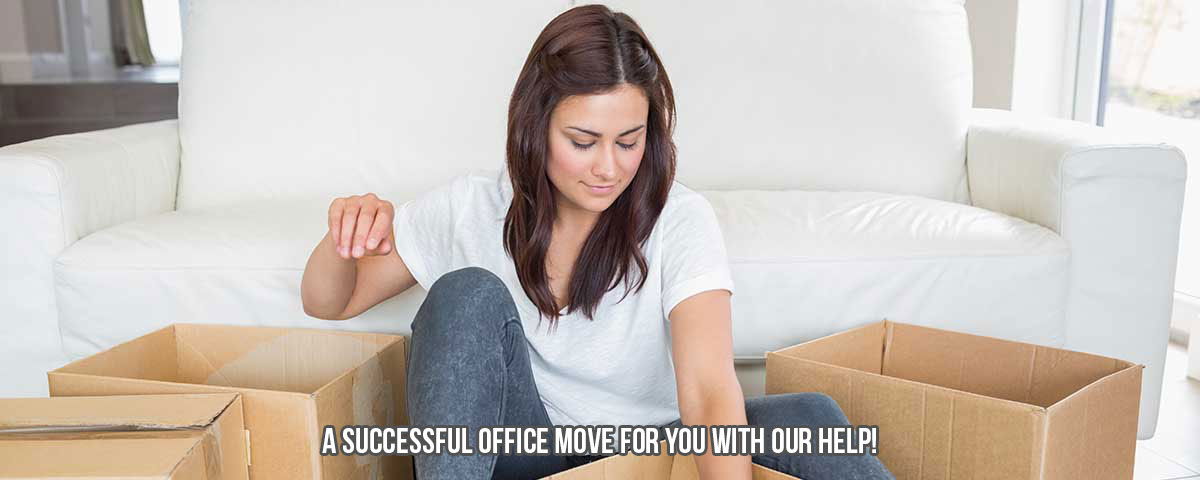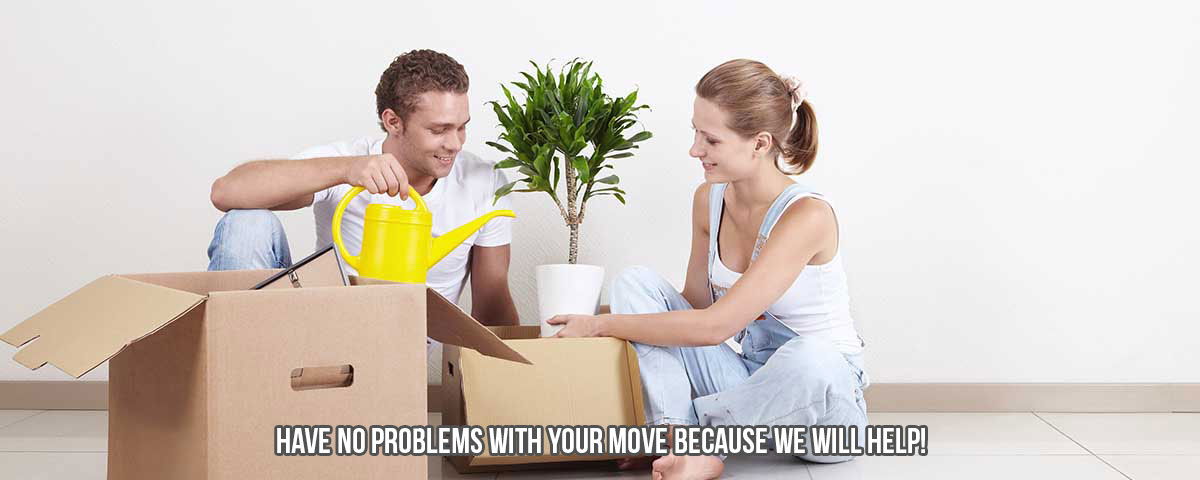Highly effective tips for bed and mattress relocation
Posted on 06/06/2025
Highly Effective Tips for Bed and Mattress Relocation
Moving to a new home is always an exciting yet challenging experience. Whether it's across town or to a new city, transporting large items such as beds and mattresses often presents unique obstacles. An improper move can result in damaged furniture, lost hardware, or even injuries. If you are planning a move, understanding how to relocate your bed and mattress effectively can save you time, money, and effort.
This comprehensive guide will provide highly effective tips for bed and mattress relocation, ensuring your bedroom essentials reach their new destination safely and in good condition. Let's delve into the best practices for preparing, moving, and setting up your bed and mattress.

Why Specialized Care is Needed for Bed and Mattress Relocation
Beds and mattresses are more than just bulky items--they are investments in your health and comfort. Improper handling can:
- Damage delicate wooden frames or slats
- Rip or soil mattress upholstery
- Misplace essential assembly hardware
- Compromise the structure of foam or spring mattresses
- Lead to physical strain or injury
With careful planning and execution, you can avoid these pitfalls. Here are the most valuable tips for bed and mattress relocation, whether you are moving on your own or hiring professionals.
Preparation: The Foundation of a Smooth Move
1. Measure Everything
- Before you begin, measure your bed frame, mattress, and headboard.
- Check tight spaces such as doorways, hallways, and stairwells.
- If possible, measure the entryways at your new location to ensure a hassle-free fit.
Knowing exact dimensions prevents surprise obstacles and allows you to plan the disassembly and transportation route efficiently.
2. Gather Necessary Tools and Packing Supplies
Having the right moving supplies at hand makes relocation much easier. Assemble the following:
- Tool kit: screwdrivers, Allen wrenches, pliers
- Mattress bag or cover: protects against dirt and damage
- Furniture pads or blankets: shields wooden parts from scratches
- Plastic wrap or moving straps: secures frame pieces together
- Labels and plastic bags: organizes hardware and parts
- Hand truck or dolly: assists in safe carrying of heavy items
Buying or renting specialized mattress moving supplies may cost a little extra, but it pays off in reducing damage risk and physical effort.
Disassembly: Breaking Down Your Bed Securely
3. Document the Disassembly Process
Before you start unscrewing or detaching anything, take detailed pictures of your fully assembled bed and its joints. This visual guide will reduce confusion during reassembly--and help you avoid costly mistakes. Label all parts and matching hardware with masking tape or stickers.
4. Secure Screws, Bolts, and Small Parts
- Place all screws, bolts, and hardware into resealable plastic bags.
- Label each bag clearly to indicate which bed part it belongs to.
- Tape the bag securely to the frame, or keep it in a designated moving box.
This step ensures that every bolt and nut finds its way back to the right place at the new location.
5. Carefully Dismantle the Bed Frame
Follow the manufacturer's instructions if you still have them. If not, work methodically:
- Remove the mattress and box spring first.
- Proceed to detach the headboard, footboard, and side rails.
- If your bed includes slats or support beams, keep them bundled and labeled.
- Wrap each piece in protective blankets to avoid scratches.
Packing and Protecting Your Mattress
6. Use a Mattress Bag
The best way to relocate a mattress is inside a mattress-specific bag. These are available for every mattress size, and they shield fabric from dust, moisture, and tears during transit. Securely tape the open end of the bag, or use zippered versions for even better coverage.
7. Avoid Folding or Bending the Mattress
Unless your mattress is specifically designed to fold (like some foam or boxed models), never bend it for transport. Bending can destroy inner springs or foam structure, leading to lumps or permanent deformation. Always move the mattress upright or flat, depending on space in your vehicle.
8. Use Handles and Moving Straps
- Mattress handles are for positioning, not for carrying weight. Use caution.
- Furniture moving straps can distribute weight evenly, making heavy or awkward mattresses easier to handle.
If you're moving up or down stairs, secure the mattress to a furniture dolly to prevent snags and reduce the risk of injury.
The Moving Process: Transporting Your Bed and Mattress Safely
9. Choose the Right Moving Vehicle
For large beds and king or queen mattresses, a standard car or small SUV often isn't big enough. Opt for:
- Moving van or truck: Handle extra-large items comfortably.
- Pickup truck: Secures the mattress flat in the bed--use a weatherproof cover.
Be sure the surface is clean and dry before loading. Never stack heavy objects on top of the mattress during transport.
10. Secure Everything in Place
- Use ratchet straps or rope to tie down frame pieces and mattresses so they don't shift during transit.
- Place protective blankets between items to avoid abrasion.
- Ensure that no part of the mattress or bed frame protrudes from the vehicle, adhering to local traffic safety regulations.
11. Consider Professional Movers for Heavy or Valuable Beds
Luxury beds (adjustable bases, antique frames, canopy beds) often require professional handling. Professional movers have experience and insurance that can protect your investment during a bed and mattress relocation.
Reassembling and Setting Up in Your New Home
12. Assemble the Bed Frame First
Start with a thorough cleaning of the room and floor before bringing everything in. Use your photos and labeled hardware to reconstruct the bed frame:
- Follow the assembly instructions in reverse of your disassembly process.
- Tighten all screws and connections securely for safety.
- Add support slats or beams back into place before adding the mattress.
13. Inspect the Mattress
Check carefully for dirt, moisture, or damage sustained during the move. Let the mattress air out (especially if it was sealed in plastic) for a few hours before putting sheets and bedding back on. This ensures freshness and removes any lingering odors from transportation.
14. Secure Headboards and Footboards
- If wall-mounting is needed, use the appropriate anchors and tools.
- Ensure all connections are flush and secure to avoid squeaks or instability.
Tips for Special Mattress Types
15. Relocating Memory Foam, Hybrid, and Spring Mattresses
- Memory foam and hybrid mattresses are more flexible, but still should not be bent sharply. Store flat for best results.
- Spring mattresses are less forgiving--always keep upright or flat, never bend.
Consider double-bagging high-value mattresses or adding extra padding at corners, where damage most often occurs.
16. Moving Adjustable Beds
- Unplug and bundle all electronic cords and remotes separately, labeling them for easy reassembly.
- Transport the mattress and base separately, if possible, to reduce weight and risk.
- Store control units and delicate components in foam-padded boxes for added protection.
Common Mistakes to Avoid When Relocating Beds and Mattresses
- Forgetting to measure doorways or hallways at your new location
- Losing small hardware pieces by mixing them with unrelated items
- Skipping protective covers for your mattress or bed frame
- Bending or folding non-compatible mattresses, causing irreversible damage
- Placing boxes or heavy furniture on top of a mattress during transit
- Leaving the mattress or bed frame unsecured in the vehicle, leading to movement and damage
- Underestimating the need for extra hands during moving and lifting
Expert Tips for a Hassle-Free Bed and Mattress Relocation
- Start early: Last-minute packing leads to mistakes. Disassemble and pack your bed the day before moving day.
- Enlist help: Beds and mattresses are heavy and awkward. Call friends, family, or hire professionals to make transport safe and efficient.
- Use sliders: Carpeted or hardwood floors can be scratched. Use furniture sliders to move frames and mattresses without damage.
- Upgrade your supplies: Invest in high-quality mattress bags, moving blankets, and sturdy straps. They can be reused or resold after your move.

Frequently Asked Questions About Bed and Mattress Relocation
How long does it take to move a bed and mattress?
The process, including disassembly, packing, and loading, typically takes 1-2 hours for an average bed. Add more time for more complex beds or multi-story moves.
Can I move a mattress by myself?
While it's possible for lightweight twin or full mattresses, it's recommended to ask for help to prevent injury and mattress damage--especially with larger sizes.
Is it safe to roll up a mattress?
Only certain foam mattresses are designed to be rolled (as originally shipped). Never roll spring or hybrid mattresses unless advised by the manufacturer.
Do professional movers move beds and mattresses?
Most moving companies do, but confirm ahead of time. They may charge extra for disassembly or packing supplies.
How do I clean my mattress before moving?
Vacuum all surfaces, spot-clean any stains, and let it air dry fully before bagging it up for transport.
Conclusion: Make Your Bed and Mattress Relocation Stress-Free
Relocating your bed and mattress doesn't have to be complicated or risk-filled. By following these highly effective tips for bed and mattress relocation, you'll protect your furniture, simplify your moving process, and enjoy restful sleep in your new home without delay. From careful measurements and the right tools to proper packing and reassembly, every step matters for a successful move. Safe travels and sweet dreams in your new space!

 request quote
request quote




